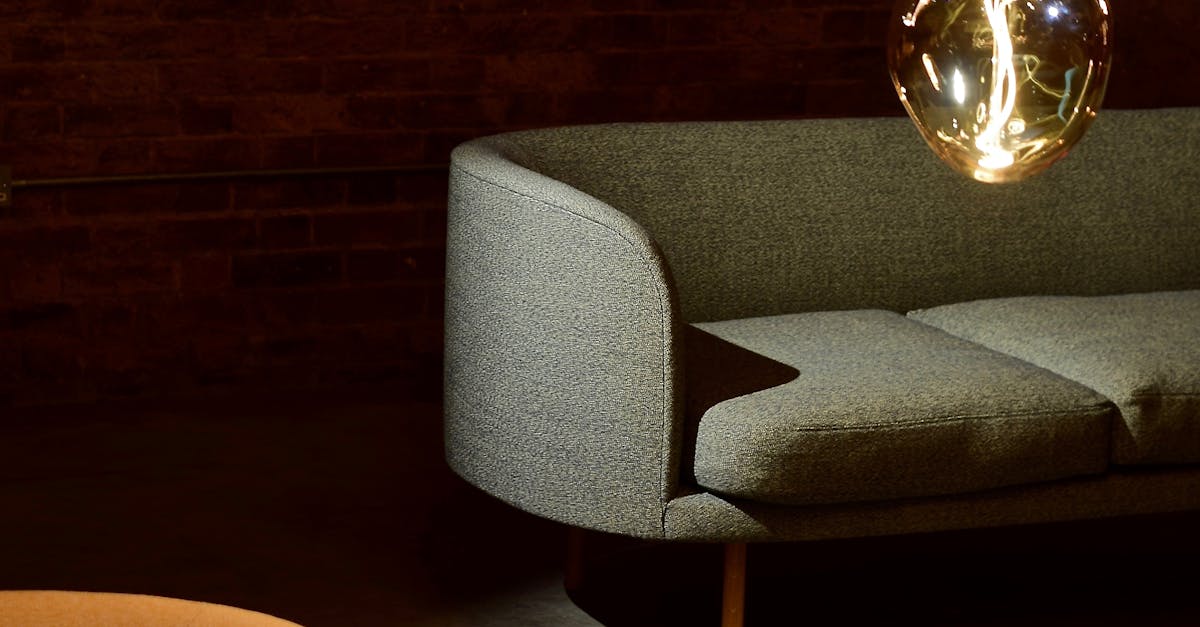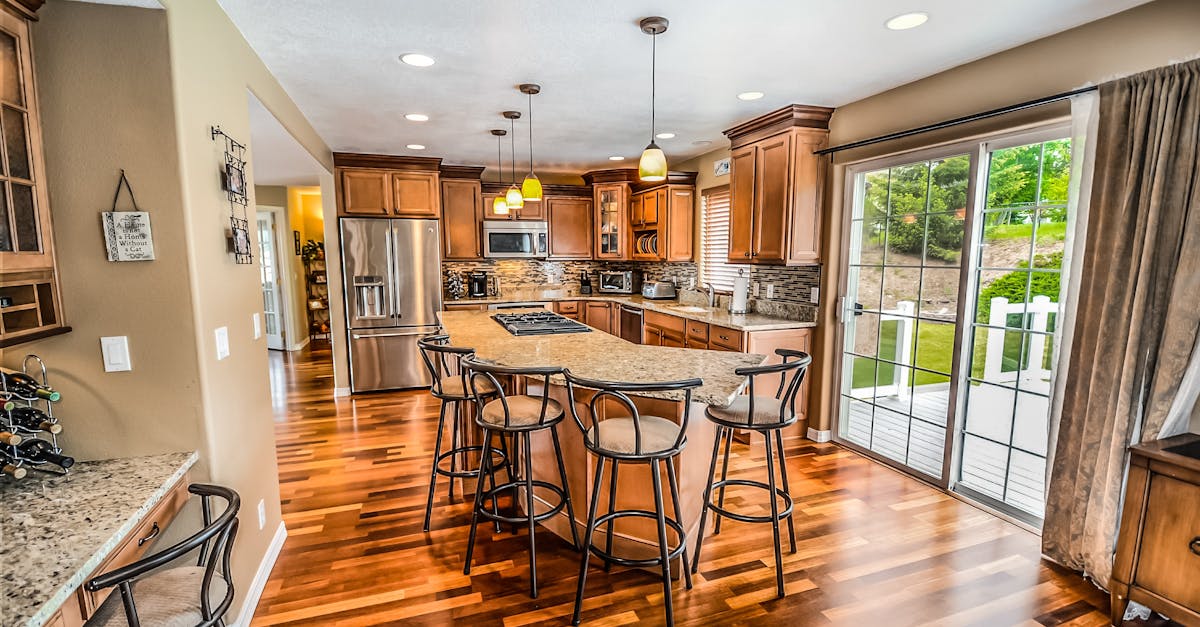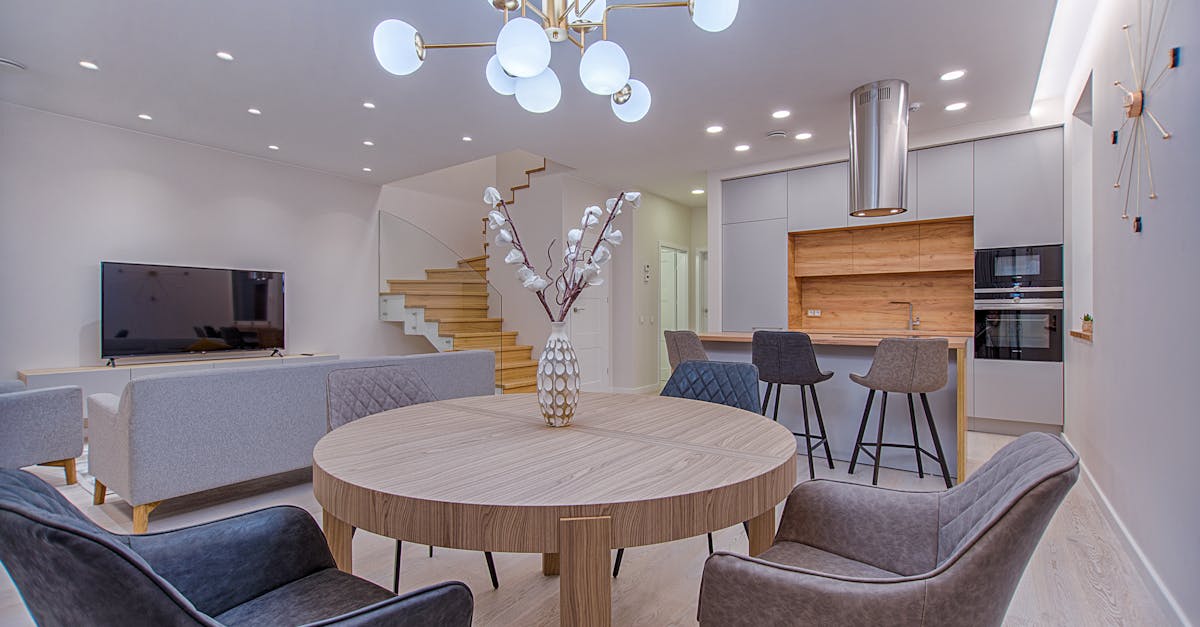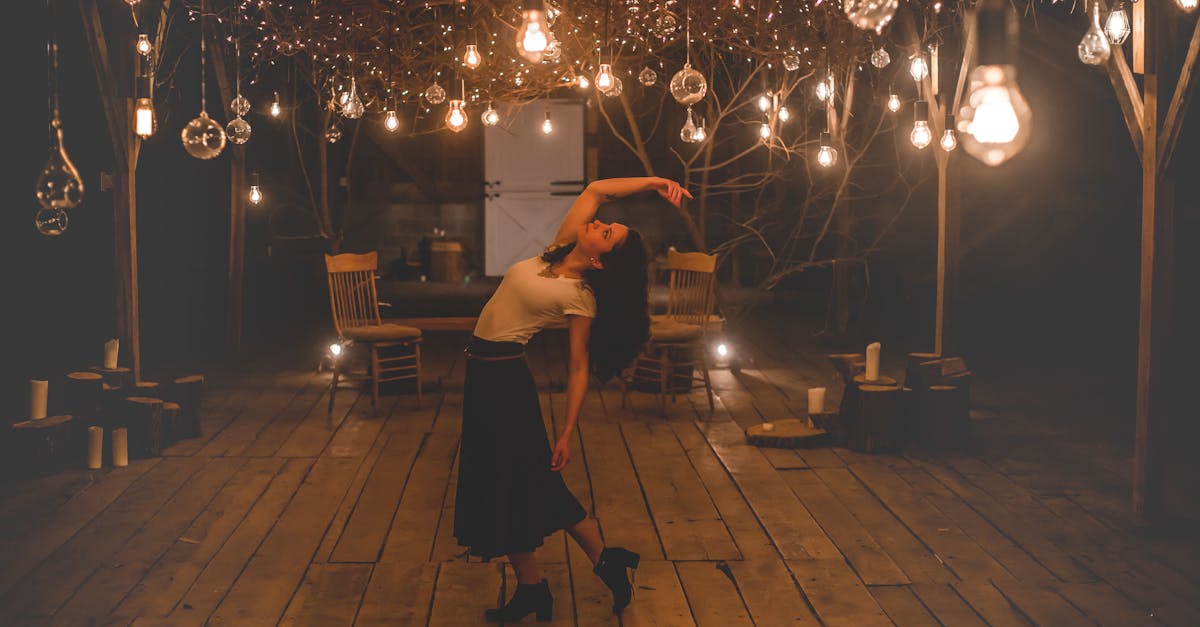
Lighting Design
Table Of Contents
Aaron Windows provides top-quality lighting design services to help customers achieve the perfect ambiance in their homes or businesses. Our team of skilled professionals take into consideration the architecture and layout of the space, as well as the desired mood and functionality, to create a custom lighting plan that enhances the overall aesthetic. Whether you're looking to showcase artwork, create a cozy atmosphere, or improve productivity in a workspace, Aaron Windows has the expertise to bring your vision to life. Contact us today for a consultation and let us illuminate your space in style.
Lighting Design Trends
When it comes to lighting design trends, the focus is shifting towards incorporating both functionality and aesthetics seamlessly. Designers are now exploring innovative ways to blend technology with traditional lighting fixtures to create a harmonious ambiance in any space. Smart home technology is becoming increasingly popular, allowing individuals to control lighting settings effortlessly with the touch of a button or a voice command.
Another trend gaining momentum is the use of sustainable and energy-efficient lighting solutions. LED technology continues to evolve, offering a wide range of options for designers to play with different intensities, colors, and effects. Designers are embracing the versatility of LED lights to create dynamic lighting schemes that not only enhance the visual appeal of a space but also contribute to energy conservation efforts.
Incorporating Smart Home Technology
Smart home technology has revolutionized the way we control and interact with our lighting systems. With the use of smart devices, such as voice assistants and mobile applications, homeowners can easily adjust the brightness, color, and even scheduling of their lights with a simple command or tap of a screen. This level of convenience not only adds a modern touch to the home but also enhances energy efficiency by allowing users to optimize their lighting usage according to their needs.
Moreover, smart lighting systems can also provide added security benefits for homeowners. Features such as remote access and the ability to set lighting schedules while away from home can help deter potential intruders by giving the impression that someone is always present. Integrating smart home technology into the lighting design not only adds convenience and style but also contributes to creating a safe and secure living environment for residents.
Planning Outdoor Lighting
Outdoor lighting plays a crucial role in enhancing the aesthetics and functionality of outdoor spaces. When planning outdoor lighting, it is important to consider both the practical and decorative aspects. Strategically placed lights can not only illuminate pathways and key areas but also create a warm and inviting ambiance for outdoor gatherings and activities.
One key consideration when planning outdoor lighting is the use of energy-efficient LED fixtures. LED lights not only consume less energy but also have a longer lifespan compared to traditional incandescent bulbs. Additionally, choosing fixtures with adjustable brightness and colour temperatures can help create different moods and settings depending on the occasion.
Creating Curb Appeal and Security
When it comes to creating curb appeal and enhancing the security of your property, proper lighting design plays a crucial role. Strategically placed lights not only accentuate the beauty of your home or commercial space but also act as a deterrent for potential intruders. By illuminating key areas such as entry points, walkways, and landscape features, you can instantly elevate the overall look of your property while increasing safety.
Incorporating motion sensor lights and programmable lighting systems can further enhance the security aspect of your outdoor lighting design. These features not only provide convenience by automatically turning lights on and off as needed but also act as a proactive measure against unwanted visitors. By seamlessly blending aesthetics with functionality, you can achieve a well-rounded lighting design that not only enhances curb appeal but also prioritizes the safety and security of your space.
Lighting Design for Different Spaces
When it comes to lighting design for different spaces, it's essential to consider the specific requirements and purposes of each area. In residential spaces, such as living rooms and bedrooms, the focus is often on creating a warm and inviting ambiance. This can be achieved through the use of soft, dimmable lights that provide a cozy feel. In contrast, commercial spaces like offices or retail stores may require brighter, task-oriented lighting to enhance productivity and visibility.
For outdoor spaces, such as gardens or pathways, lighting serves both functional and aesthetic purposes. By strategically placing lights along walkways or highlighting landscaping features, you can create a welcoming atmosphere while also improving safety and security. In commercial outdoor spaces, like restaurant patios or hotel gardens, lighting design plays a crucial role in enhancing the overall customer experience and setting the mood for different occasions.
Customized Solutions for Residential vs Commercial
When it comes to lighting design, one must consider the unique needs and characteristics of residential and commercial spaces. For residential settings, the focus is often on creating a warm and inviting atmosphere that enhances comfort and functionality. Customized lighting solutions for homes may involve a blend of ambient, task, and accent lighting to cater to different activities and moods within the space. In contrast, commercial spaces such as offices or retail stores require lighting designs that prioritize efficiency, productivity, and visual appeal to attract customers or create a conducive work environment.
Residential lighting design often involves personalizing the space to reflect the homeowner's style and preferences. This may include incorporating dimmable lights, decorative fixtures, and smart lighting systems that can be controlled remotely. On the other hand, commercial lighting solutions typically aim to optimize energy usage, reduce operational costs, and comply with safety regulations. Lighting designers for commercial spaces may focus on illuminating key areas such as product displays, workstations, or signage to enhance visibility and brand visibility.
FAQS
What are some current lighting design trends?
Some current lighting design trends include incorporating smart home technology, using LED fixtures for energy efficiency, and incorporating statement lighting pieces as focal points in a room.
How can smart home technology be incorporated into lighting design?
Smart home technology can be incorporated into lighting design through the use of smart bulbs, smart switches, and smart lighting systems that can be controlled remotely via a smartphone or voice commands.
What are some tips for planning outdoor lighting?
When planning outdoor lighting, consider the function of the space, the desired ambiance, and the safety and security needs. Use a mix of lighting types, such as downlights, uplights, and path lights, to create a balanced and inviting outdoor environment.
How can outdoor lighting be used to enhance curb appeal and security?
Outdoor lighting can enhance curb appeal by highlighting architectural features, landscaping elements, and creating a welcoming atmosphere. It can also improve security by illuminating dark areas, deterring intruders, and providing visibility for homeowners and guests.
How does lighting design vary for different spaces, such as residential vs commercial?
Lighting design for different spaces varies based on the function, size, and aesthetics of the space. Residential lighting design focuses on creating a comfortable and inviting atmosphere, while commercial lighting design emphasizes functionality, efficiency, and branding. Customized solutions are often needed to meet the specific requirements of each type of space.






